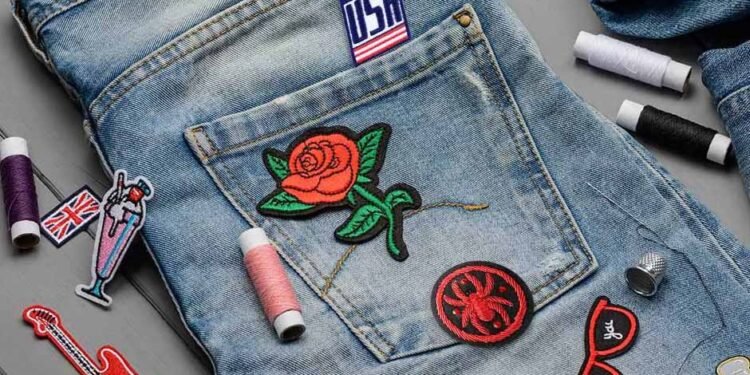Are you looking to add a personal touch to your clothing or accessories? Custom cloth patches are a fantastic way to showcase your unique style or promote a brand.
Whether you’re a beginner or just looking to refine your skills, this guide will walk you through the process of designing and creating your very own custom cloth patches. Read on.
Getting Started with Your De\sign
Designing a custom patch can seem daunting at first, but breaking it down into manageable steps makes it easy.
Brainstorm Your Ideas
Start by brainstorming what you want your patch to represent. Think about colors, shapes, and designs that resonate with you.
Sketch out a few ideas on paper before moving to digital design tools. It is also helpful to consult an expert to order custom patches. This is if you want to buy more quality apparel patches.
Choose the Right Software
If you’re comfortable with digital tools, software like Adobe Illustrator or Photoshop can be useful. For beginners, simpler tools like Canva can still provide excellent results. The key is to use a program that allows you to create clean, scalable designs.
Focus on Details
Pay attention to the details of your design. Make sure the text is legible and the imagery is clear. Remember, the final patch will be relatively small, so intricate details may get lost.
Selecting Materials for Your Patch
Choosing the right materials is crucial for the quality and durability of your patch.
Fabric Choices
Common fabric choices for patches include cotton, twill, and felt. Each material has its pros and cons. Cotton is soft and easy to work with, felt is durable and has a unique texture, and twill is sturdy and commonly used for professional patches.
Thread Selection
The thread you choose affects both the appearance and durability of your patch. Polyester thread is a popular choice because it’s strong and comes in a variety of colors. Metallic threads can add a shiny, eye-catching element to your design.
Backing Options
Decide on the type of backing for your patch. Iron-on backings are convenient for quick application, while sew-on patches offer more durability. Velcro backings are also an option if you want to be able to remove and reapply the patch easily.
Techniques for Creating Patches
There are several techniques you can use to create your patches, each with its own set of tools and skills required.
Hand Embroidery
Hand embroidery is a traditional method that offers a personal touch. It requires basic embroidery supplies like needles, hoops, and different types of stitches. This method is time-consuming but rewarding.
Machine Embroidery
Machine embroidery is faster and allows for more intricate designs. You’ll need an embroidery machine and digitizing software. This method is ideal for producing multiple patches with a consistent look.
Appliqué
Appliqué involves sewing pieces of fabric onto a larger piece to create a design. This technique can add layers and textures to your patch, making it more visually interesting.
Create Your Custom Cloth Patches Today
Creating custom cloth patches is a fantastic way to express your creativity, promote your brand, or enhance your fashion. By following this guide, you’ll have all the tools and knowledge you need to get started.
Ready to take your patch-making skills to the next level? Talk to custom cloth patches experts and connect with other patch enthusiasts. Happy crafting!
If you want to read more articles, visit our blog.












